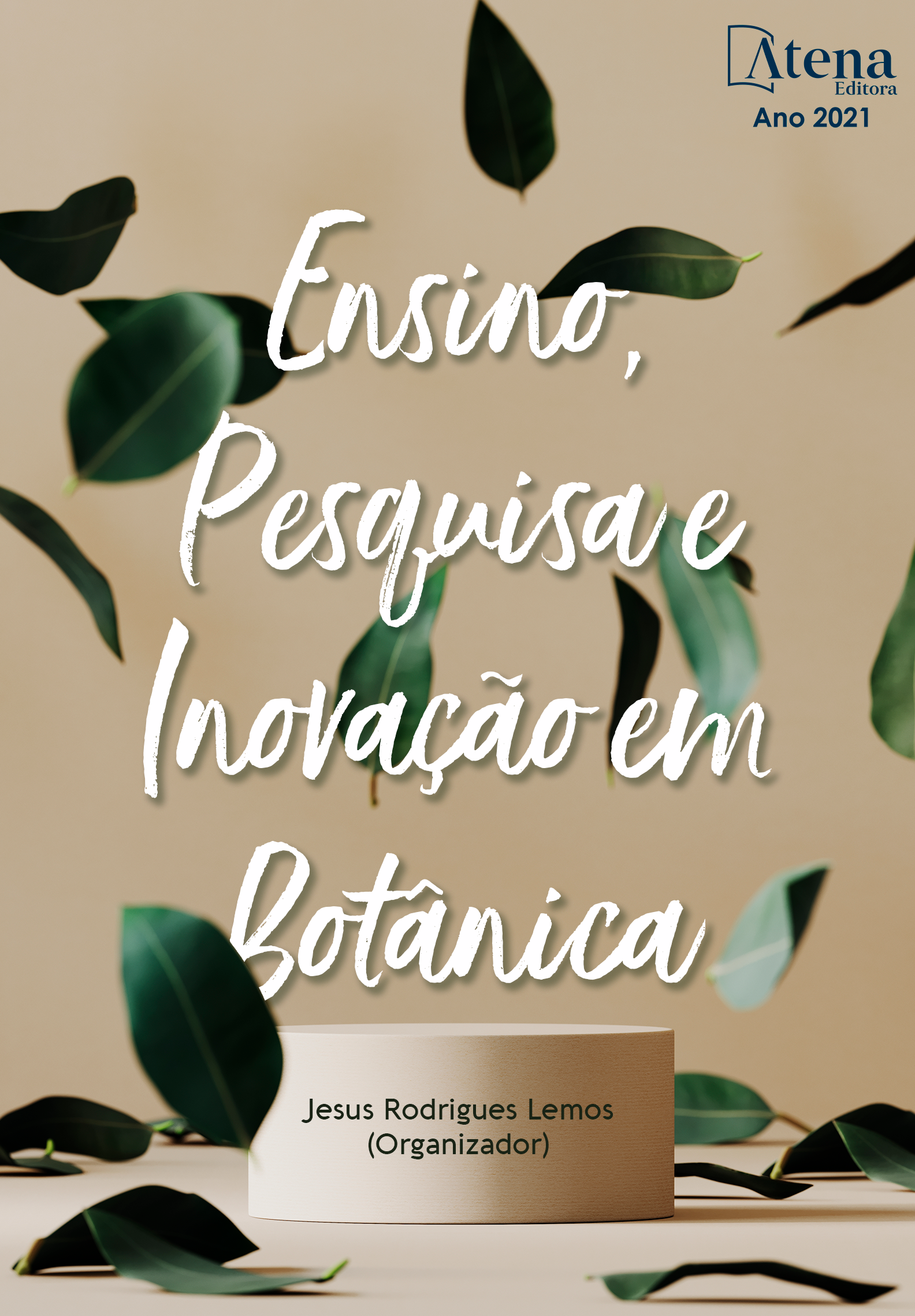
NATURAL REGENERATION OF TREES AND SHRUBS IN DEGRADED AREAS BY GOLD MINING IN THE PERUVIAN AMAZON
RESUMEN: El estudio evaluó la regeneración natural de áreas abandonadas por la minería de oro aluvial en el sector de Fortuna, distrito de Laberinto, Tambopata – Madre de Dios. Para ello se analizó la composición florística por categoría de regeneración natural, índices de diversidad, y los estadios sucesionales en un área de 7,7 ha distribuida en 77 parcelas de 1000 m2 (0,1 ha) con un promedio de años de abandono de 30 a 35 años. Se colectó y registró individuos mayores o iguales a 3 cm de circunferencia, clasificados en brinzales, latizales, fustales y arboles dentro de las parcelas de muestreo. El estudio reportó 3120 individuos distribuidos en 121 especies y 40 familias, las familias más abundantes fueron Fabaceae (21), Malvaceae (11), Moraceae (9), presentando la mayor abundancia de individuos en la etapa de brinzal, fustal y árbol. En cuanto a las especies y número de individuos por unidad de hectárea más importantes en la recuperación de áreas degradadas en las diferentes categorías de regeneración fueron Pseudolmedia. laevigata (6233,77), Virola calophylla (1866,23), Inga oerstediana (1837,27), Tetragastris altissima (1165,97), Piper aduncum (1006,49), Oxandra mediocris (815,58), Rinoreocarpus ulei (808,96), Guatteria chlorantha (797,14), Schizolobium parahyba (588,31). El estadio sucesional muestra al área en etapa de transición de secundaria inicial a secundaria tardía, es decir, el área se encuentra en proceso de recuperación y formando cobertura boscosa, haciendo posible el establecimiento de especies tolerantes a la luz.
NATURAL REGENERATION OF TREES AND SHRUBS IN DEGRADED AREAS BY GOLD MINING IN THE PERUVIAN AMAZON
-
DOI: 10.22533/at.ed.6602109046
-
Palavras-chave: Composición florística, regeneración, diversidad de especies, estadio sucesional y hábito.
-
Keywords: Floristic composition, regeneration, species diversity, successional stage and habit.
-
Abstract:
The study evaluated the natural regeneration of areas abandoned by alluvial gold mining in the Fortuna sector, Laberinto district, Tambopata - Madre de Dios. For this, the floristic composition was analyzed by category of natural regeneration, diversity indexes, and successional stages in an area of 7.70 ha distributed in 77 plots of 1000 m2 (0.1 ha) with an average of years of abandonment of 30 - 35 years. We collected and registered individuals greater than or equal to 3 cm in circumference, classified into brinzales, latizales, fustales and trees within the sampling plots. The study reported 3120 individuals distributed in 121 species and 40 families, the most abundant families were Fabaceae (21), Malvaceae (11), Moraceae (9), presenting the highest abundance of individuals in the stage of brinzal, fustal and tree. The most important species and number of individuals per unit of hectare in the recovery of degraded areas in the different regeneration categories were Pseudolmedia. laevigata (6233.77), Virola calophylla (1866.23), Inga oerstediana (1837.27), Tetragastris altissima (1165.97), Piper aduncum (1006.49), Oxandra mediocris (815.58), Rinoreocarpus ulei (808.96), Guatteria chlorantha (797.14), Schizolobium parahyba (588.31). The successional stage shows the area in the transition stage from the initial secondary to the secondary secondary, that is, the area is in the process of recovery and forming forest cover, making possible the establishment of light-tolerant species.
-
Número de páginas: 15
- Verónica Huamaní Briceño
- Gabriel Alarcón Aguirre
- Rembrandt Canahuire Robles
- Marx Herrera-Machaca
- Jorge Garate-Quispe


